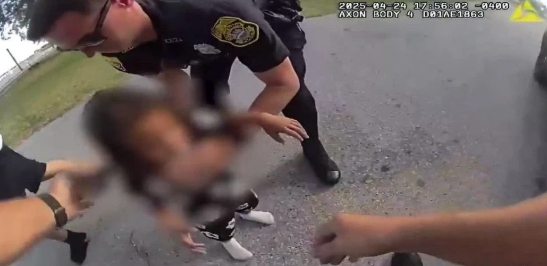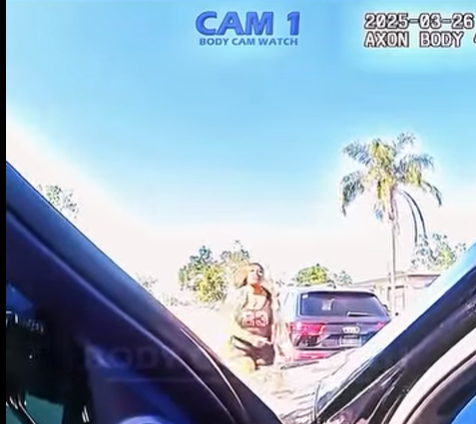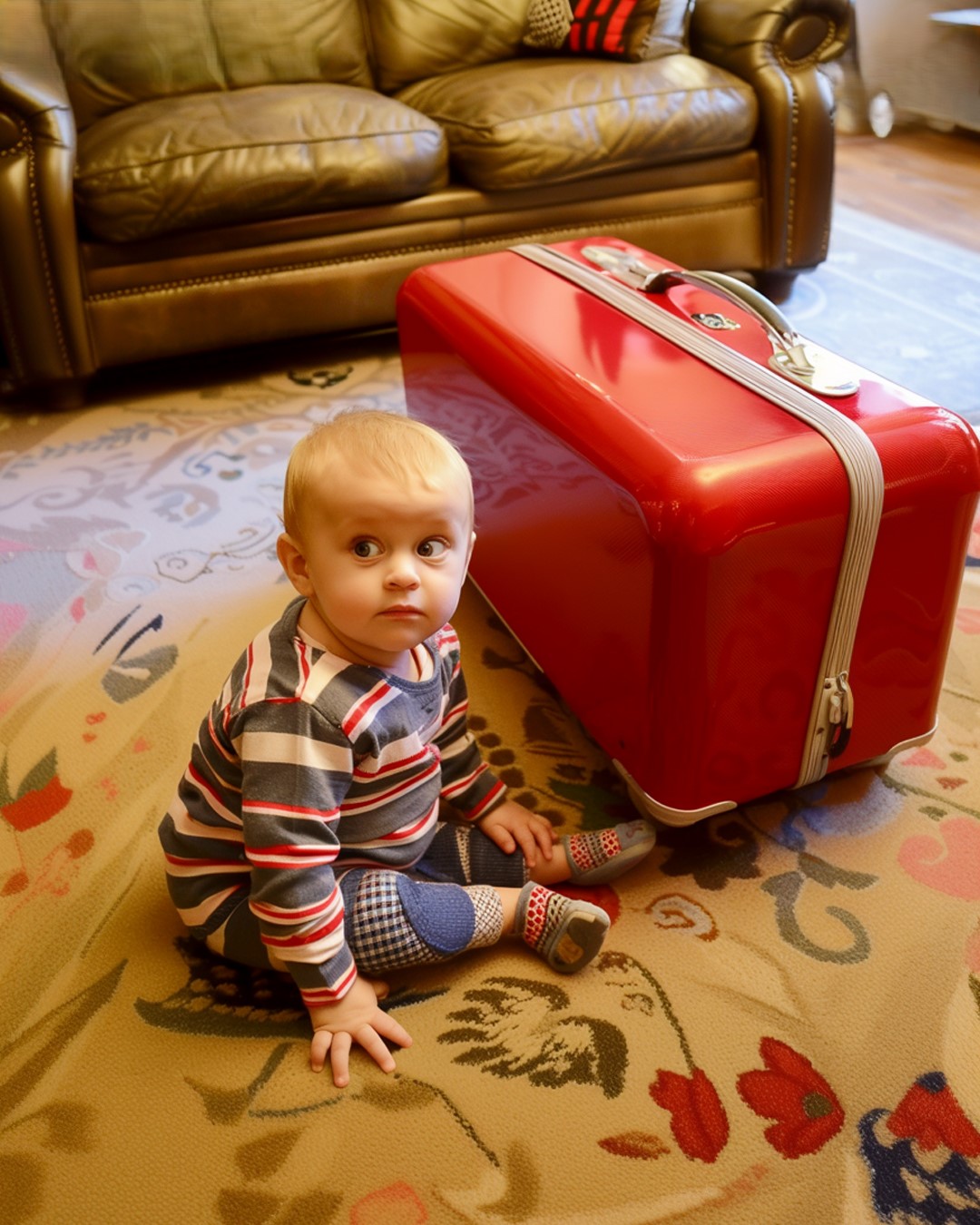
Choking is especially common in young children, but a person of any age can choke. Choking occurs when the airway becomes either partially or completely blocked by a foreign object, such as a piece of food or a small toy; by swelling in the mouth or throat; or by fluids, such as vomit or blood. A person who is choking can quickly become unresponsive and die, so it is important to act quickly.Find a Class First Aid Online Classes & Training First Aid CPR AED BLS/CPR for Healthcare ALS/PALS Babysitting & Child Care Skills Sessions Lifeguarding Swimming + Water Safety Instructor Training & Bridging
First Aid
Enroll in a Red Cross course to learn the skills needed to respond to adult or child choking emergencies: Adult First Aid/CPR/AED Online, Adult, Child and Baby First Aid/CPR/AED Online, Adult CPR/AED Online, Child and Baby First Aid/CPR/AED Online, First Aid Online, and Until Help Arrives.
Risk Factors for Choking
Certain behaviors can put a person at risk for choking, such as talking or laughing with the mouth full or eating too fast. Medical conditions (such as a neurological or muscular condition that affects the person’s ability to chew, swallow or both) can increase risk for choking. So can dental problems or poorly fitting dentures that affect the person’s ability to chew food properly.
Signs and Symptoms of Choking
A person who is choking typically has a panicked, confused or surprised facial expression. Some people may place one or both hands on their throat. The person may cough (either forcefully or weakly), or he or she may not be able to cough at all. You may hear high-pitched squeaking noises as the person tries to breathe, or nothing at all. If the airway is totally blocked, the person will not be able to speak, cry or cough. The person’s skin may initially appear flushed (red), but will become pale or bluish in color as the body is deprived of oxygen.
Emergency Steps
1
Check the scene safety, form an initial impression, obtain consent and put on PPE, as appropriate.
2
Check for signs and symptoms.
- Weak or no cough*
- High-pitched squeaking noises or no sound*
- Pale or blue skin color*
- Unable to cough, speak or cry*
- Panicked, confused or surprised appearance*
- Holding throat with hand(s)*
*Note: Signs and symptoms with a * require immediate emergency medical treatment.
3
Call 9-1-1 and get equipment if the person requires immediate emergency medical treatment.
4
Give Care.
General Care: Choking (Adult/Child)
Choking Adult/Child FAQs
https://youtube.com/watch?v=8R3RWC-xx1I%3Frel%3D0%26cc_load_policy%3D1%26enablejsapi%3D1%26origin%3Dhttps%253A%252F%252Fwww.redcross.org
Help Save Lives with an American Red Cross Class
More than 4.6M people turn to us, the trusted training provider for First Aid, CPR, BLS and more, every year to gain lifesaving skills. Trust us to deliver unmatched lifesaving training that will provide you the confidence and skills to act when moments matter. Training Services is a division of the American Red Cross with the mission to spread knowledge and educate as many members of the national community in lifesaving procedures. Our services include training courses for CPR and AED, First Aid, BLS (Basic Life Support), Babysitting, Caregiving, Lifeguarding Water Safety, and more.

Benefits of Taking a CPR, AED or First Aid Course
Be prepared: Protect your loved ones
Be confident: Act with hands-on training
Peace of mind: Know how to handle emergencies
Help your community: Use lifesaving skills when needed
Information Provided the Scientific Advisory Council (SAC)
Behind every American Red Cross training program stands the Scientific Advisory Council – a team of experts dedicated to ensuring that what you learn is based on the latest and best emergency science. Visit redcross.org/take-a-class/scientific-advisory-council to see how we work, members, sub councils, scientific reviews, and recent research.
Download the FREE Red Cross First Aid App
The free First Aid mobile app by the American Red Cross puts expert advice for common emergencies in the palm of your hand—from the latest First Aid and CPR techniques to the nearest hospital location. Stay up to date on your lifesaving skills. iOS App, Google Play, or text “GETFIRST” to 90999.



